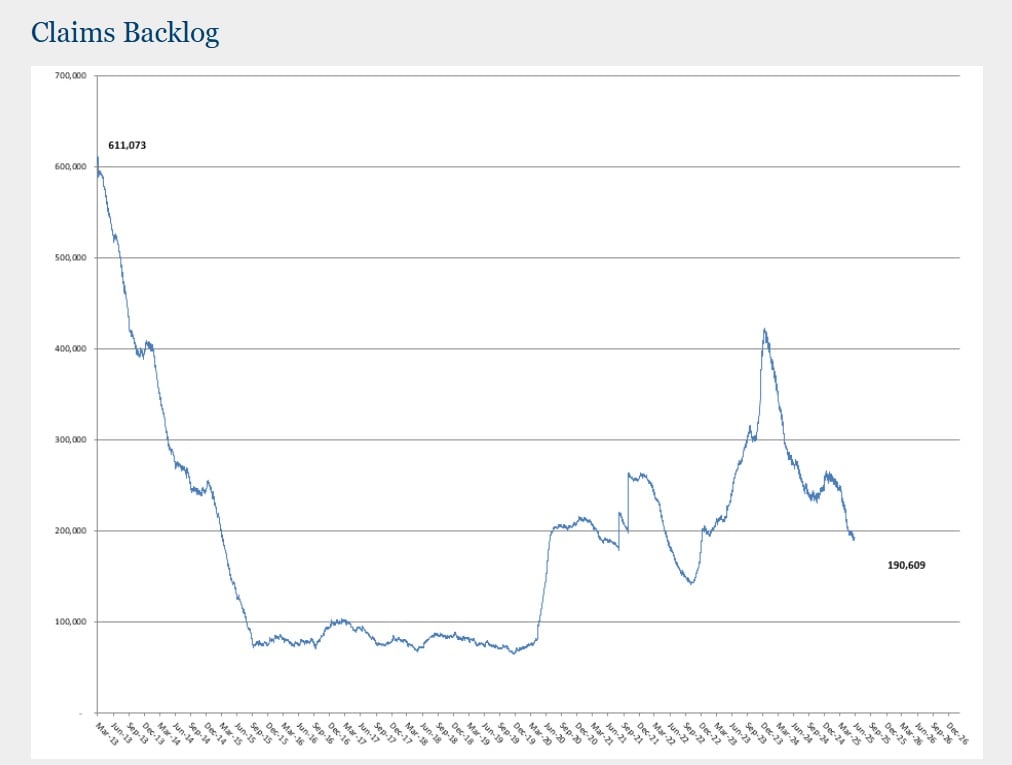A little more than two months before a new shopping benefit takes effect for about 3 million newly eligible shoppers, defense officials have tested and rolled out the system that will allow these shoppers through the gates.
The technology is in place at the installations’ gate scanning systems at all Air Force, Navy and Marine Corps installations, and at about 40 Army installations, according to Defense Department spokeswoman Jessica Maxwell.
Starting Jan. 1, all Department of Veterans Affairs service-connected disabled veterans, Purple Heart recipients, former prisoners of war and primary veteran caregivers will be eligible to shop at commissaries and exchanges on base, and to use certain morale, welfare and recreation facilities. All veterans with VA service-connected disability ratings of 0 to 90 percent are newly eligible.
Service-connected disabled and other veterans who are newly eligible will use their veterans health ID card, or VHIC to gain access to the installation, and to shop.
Defense officials have added the capability of scanning the VHIC card at most installations’ front gate scanning systems. The balance of the Army installations will have the capability by the end of September, 2020, Maxwell said, but most of the remaining installations don’t have facilities that offer the benefits, she said, such as commissaries and exchanges.
The fiscal 2019 National Defense Authorization Act expanded the pool of eligible shoppers. The expansion also applies to Coast Guard facilities. The law also included Medal of Honor recipients, but they already had shopping privileges. Previously, veterans with 100 percent service-connected disabilities were able to shop; now all with service-connected disabilities can shop.
The benefit extends to MWR programs that are “revenue-generating facilities,” according to the law. One example is golf courses.
This is the largest expansion of eligible customers in more than 60 years, and officials at the departments of defense, Veterans Affairs and Homeland Security have been planning for the rollout for more than nine months.
Don’t have a VHIC card, but you’re eligible?
Officials have also come up with a system that will allow access for about 37,000 veterans who qualify for the new benefits, but aren’t eligible for the VHIC. The only eligible veterans who aren’t currently eligible for a VHIC are those veterans with a zero percent service-connected disability rating whose income exceeds the Housing and Urban Development indices, Maxwell said.
“The VA will provide a letter to these disabled veterans indicating they are eligible for these privileges, even if not eligible for the VHIC,” she said.
That letter, along with a driver’s license, passport or other authorized form of ID, will allow these newly eligible shoppers access to the installation, and allow them to use the privilege at commissaries, exchanges and designated MWR facilities.
This is similar to the process for veteran caregivers. The benefit applies to the primary caregiver of wounded/injured veterans who are registered in the VA caregiver program. The VA will post a memo to VA.gov for caregivers, to be used for access at the front gate, along with a driver’s license, passport or other authorized form of ID.
Can my spouse shop, too?
Theoretically, no. However, your spouse and family members can come into the stores with you, but they just can’t buy anything.
That said, it might take longer to get on base if they’re with you.
The procedures for access to the installation require people without a DoD-issued credential to stop at the visitor control center to undergo a check for criminal history and terrorism indicators, Maxwell said. If the check is successful; if the person’s credential presented can be enrolled; and the installation has installation access control system enrollment capabilities, guests may be able to enroll for recurring access for later visits with their sponsor.
Does this new benefit apply to me if I live overseas?
It does, unless you are living in an area where international agreements or host-nation laws limit access to commissaries and exchanges.
Karen has covered military families, quality of life and consumer issues for Military Times for more than 30 years, and is co-author of a chapter on media coverage of military families in the book "A Battle Plan for Supporting Military Families." She previously worked for newspapers in Guam, Norfolk, Jacksonville, Fla., and Athens, Ga.




